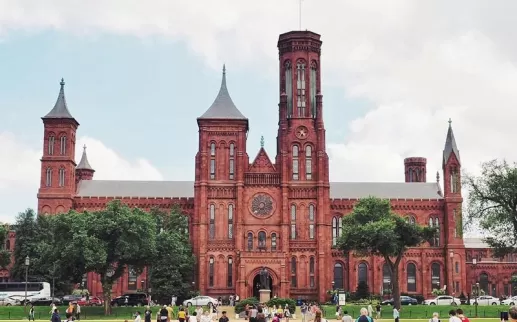In a recent message on his media platform Truth Social, President Trump stated, “Our deal with China is done, subject to final approval from President Xi and me.” The negotiations aimed to address the mounting tensions that have arisen since a temporary truce was agreed upon in May, after a series of intensified tariffs had nearly halted trade transactions between what are considered the world’s two largest economies.
Over the past week, President Trump and Chinese President Xi Jinping engaged in a phone conversation to initiate these negotiations, which saw high-level officials from both countries participating. Although specific details of the agreement remain sparse, officials indicated that it does not deviate significantly from the truce established in May, which had already lowered, but not eliminated, tariffs previously imposed by either side.
China’s Vice Commerce Minister, Li Chenggang, acknowledged a foundational framework for executing the consensus reached during the leaders' recent communications and re-affirmed commitments made in earlier Geneva discussions. U.S. Commerce Secretary Howard Lutnick highlighted that, while the conversations aimed to refine the Geneva agreement, further actions would be contingent upon presidential approval.
These meetings were largely prompted by U.S. worries regarding China's slow release of essential exports, including magnets and rare earth minerals integral to various industries, from technology to automotive manufacturing. Conversely, China has voiced its concerns over U.S. restrictions on its access to semiconductor technologies tied to artificial intelligence, along with plans to limit student visas for Chinese nationals.
Despite the encouraging discussions, Treasury Secretary Scott Bessent clarified that full-scale negotiations could still take considerable time, and the focus of the current talks was narrowly directed. Trump, who imposed significant tariffs on numerous foreign imports earlier this year—with China being the most impacted—previously labeled May's trade agreement as a “total reset.”
Recent tariffs had been reduced significantly but still posed considerable obstacles to full trade recovery, and market reactions to the latest announcement have been muted. Industry analysts, including Terry Haines from Pangaea Policy, have characterized this deal as limited in scope and emphasized that it does not suggest imminent progress toward a more expansive trade agreement or geopolitical reconciliation between the two powers.
As negotiations continue, observers remain cautious about the prospect of a comprehensive resolution that could stabilize U.S.-China trade relations in the longer term.
Over the past week, President Trump and Chinese President Xi Jinping engaged in a phone conversation to initiate these negotiations, which saw high-level officials from both countries participating. Although specific details of the agreement remain sparse, officials indicated that it does not deviate significantly from the truce established in May, which had already lowered, but not eliminated, tariffs previously imposed by either side.
China’s Vice Commerce Minister, Li Chenggang, acknowledged a foundational framework for executing the consensus reached during the leaders' recent communications and re-affirmed commitments made in earlier Geneva discussions. U.S. Commerce Secretary Howard Lutnick highlighted that, while the conversations aimed to refine the Geneva agreement, further actions would be contingent upon presidential approval.
These meetings were largely prompted by U.S. worries regarding China's slow release of essential exports, including magnets and rare earth minerals integral to various industries, from technology to automotive manufacturing. Conversely, China has voiced its concerns over U.S. restrictions on its access to semiconductor technologies tied to artificial intelligence, along with plans to limit student visas for Chinese nationals.
Despite the encouraging discussions, Treasury Secretary Scott Bessent clarified that full-scale negotiations could still take considerable time, and the focus of the current talks was narrowly directed. Trump, who imposed significant tariffs on numerous foreign imports earlier this year—with China being the most impacted—previously labeled May's trade agreement as a “total reset.”
Recent tariffs had been reduced significantly but still posed considerable obstacles to full trade recovery, and market reactions to the latest announcement have been muted. Industry analysts, including Terry Haines from Pangaea Policy, have characterized this deal as limited in scope and emphasized that it does not suggest imminent progress toward a more expansive trade agreement or geopolitical reconciliation between the two powers.
As negotiations continue, observers remain cautious about the prospect of a comprehensive resolution that could stabilize U.S.-China trade relations in the longer term.


















